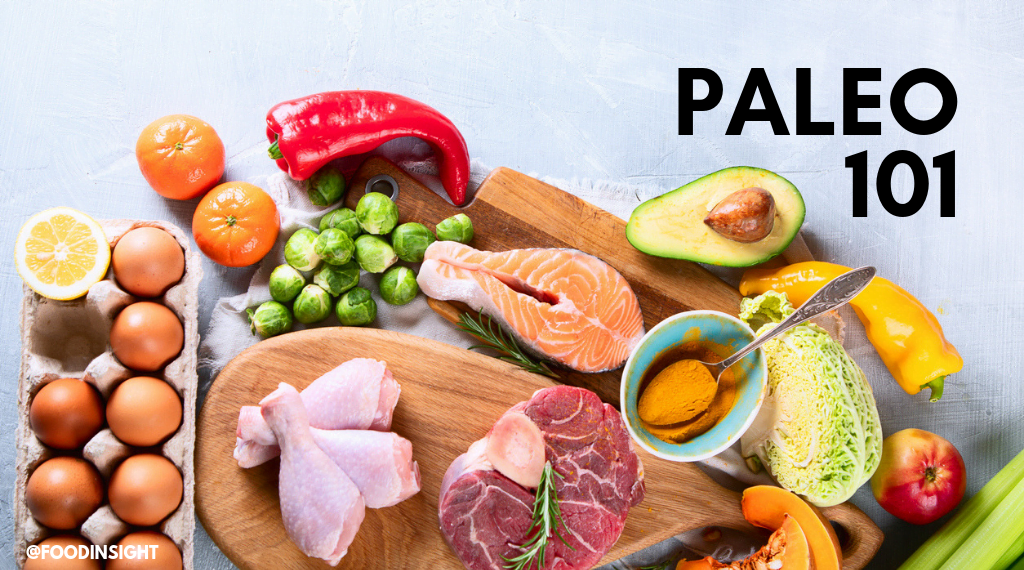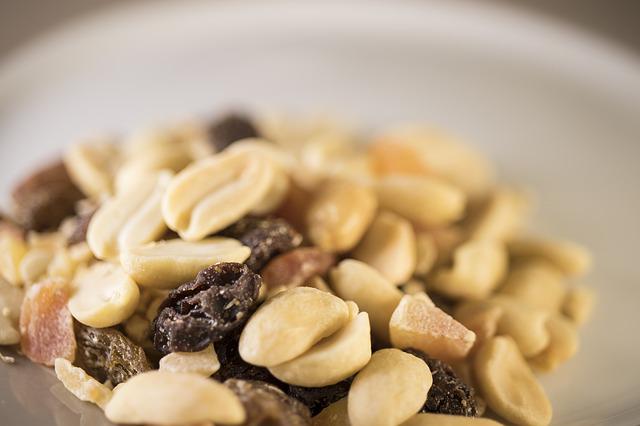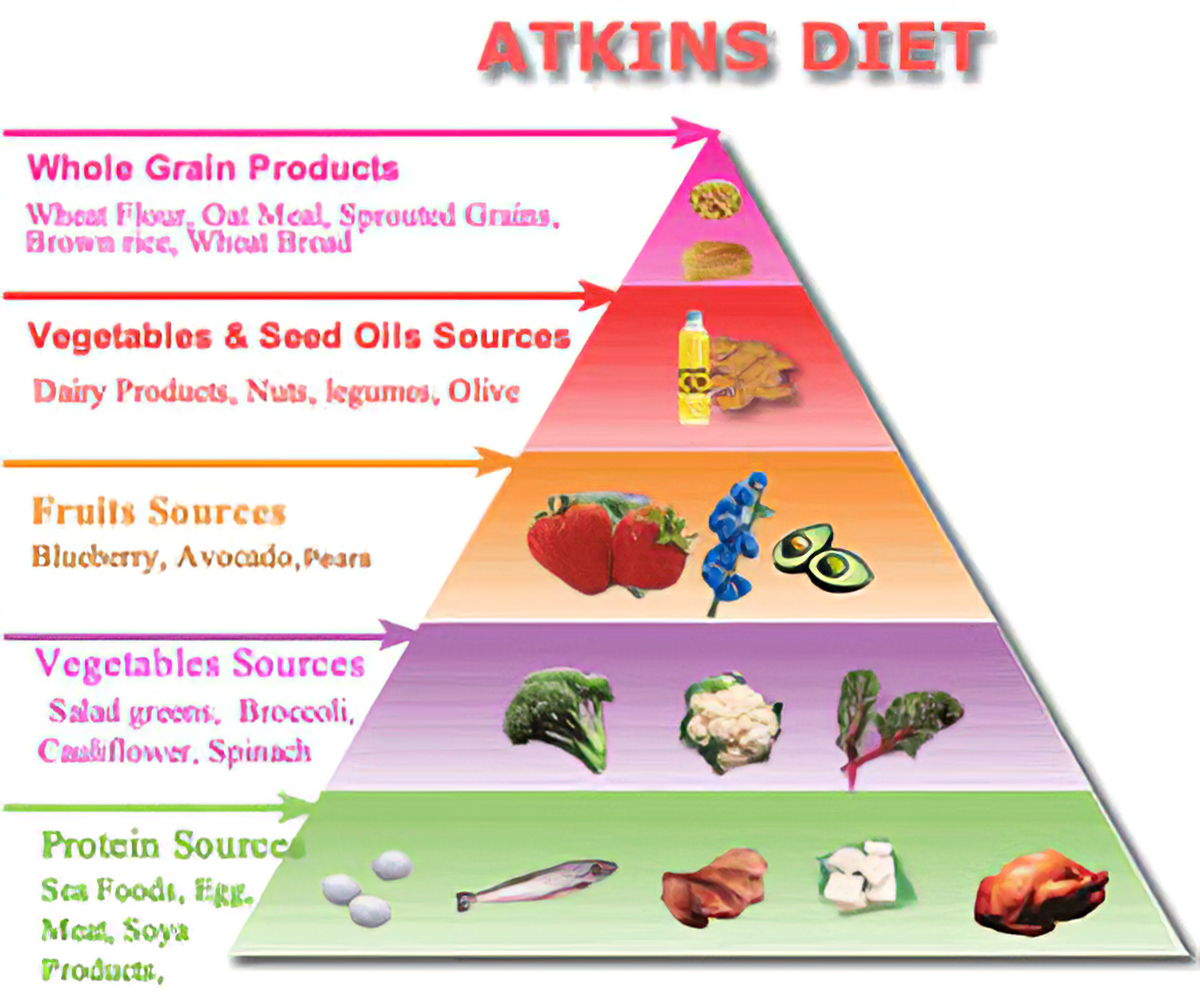
The controversial question of whether the Paleo diet can help prevent heart disease is still being debated. While many people accept the benefits of this diet, some studies have shown that it can increase your risk of heart disease. Researchers looked at the effects of diet on arterial distensibility as well as plasma insulin during an oral diabetes tolerance test.
Increased risk of developing heart disease
A new study shows that eating the Paleo diet significantly increases the level of a blood biomarker linked to cardiovascular disease. Trimethylamine noxide or TMAO is a naturally occurring organic chemical that is made in the gut. The study of 44 Paleo participants and 47 people who followed a traditional Australian diet revealed that Paleo dieters had higher levels than those on the traditional Australian diet. This increased TMAO level is associated with an increased risk of heart disease.
Researchers from four different Australian institutions found that participants on the Paleo diet had elevated levels of a compound linked to heart disease. Trimethylamine Noxide (produced in the gut by bacteria) is linked to the development heart disease. Paleo diets are also associated with lower levels of beneficial bacteria. However, further research will be required to establish the role of this decreased carbohydrate intake on heart health.
Inflammation at greater risk
The Paleo diet has been linked to heart disease. Paleo dieters have higher levels Interlukin-10, which is a signaling chemical released by the immune cells. A low level of interlukin-10 may indicate a higher risk of developing heart disease. Research is still needed to verify the relationship between interlukin-10 and inflammation.

The Paleo diet consists of an omittal of grains, legumes, and vegetable oils. Although it is a foundation for many heart healthy diets, it is high-fat. It contains both saturated and trans fats, and it is often expensive. Because it is high in meat and dairy products, some people cannot afford the Paleo diet. People with lower incomes might find it difficult to afford these meats.
Increased chance of kidney disease
Paleo is popular among health-conscious individuals, but it has its drawbacks. This diet emphasizes meat as it is high in cholesterol. Paleo also discourages the intake of refined sugars which are full of empty calories. These sugars have also been linked to obesity as well heart disease and diabetes. The Paleo diet discourages legumes but encourages meat.
Paleo diet is good for increasing fiber intake. It also helps to reduce the waistline. High levels of fiber can lower cholesterol. Egg yolks are a common food source of phosphorus and should be avoided. Egg whites provide high-quality protein, making them a better choice for kidney health. A lot of water can help decrease the protein levels in your urine. The risk of developing kidney disease is still there.
Increased risk for heart disease in females
Paleo has gained popularity for many reasons. It's a combination of the Mediterranean and Nordic diets. The high intake of animal fat makes it high in saturated and/or trans fats. High levels of beef consumption are associated with increased heart disease risk. However, a Paleo diet is not for everyone, and it can be expensive for low-income individuals.
Studies have shown that both cholesterol and saturated fat are not linked to an increase in the risk of heart disease among Paleo-style women. While the diet does eliminate some junk food, it still does not cut back on saturated fat. A recent review of the nutritional lines associated with heart disease concluded that there was insufficient evidence to link saturated fat to heart problems. Although a paleo diet is less varied than the traditional diet, it still has plenty of vegetables.
Effects on gut bacteria

A new study has shown that Paleo may have a lower risk of obesity and heart disease. The researchers compared the TMAO levels for people who ate a Paleo diet to those who did not. The results revealed that eating a high-protein diet promoted the growth good bacteria and decreased the number harmful microbes. High-protein diets are associated with increased risk for micronutrient deficiencies, poor gut health, and chronic diseases.
Researchers also found a strong association between TMAO levels as well as a person's diet. The study revealed that a higher intake meat-based protein like fish or meat increased TMAO levels. Participants' blood levels in TMAO were almost twice as high than those of controls during the study. The researchers also found that vegans had lower TMAO levels than paleo dieters. Researchers also discovered that participants taking carnitine supplementation had significantly lower TMAO levels.
FAQ
How to Become a Chef?
There are many paths to becoming a chef. A course at a local community college or vocational school is a good place to start. Then, look into attending culinary school. You can also apply for a paid internship.
How do I get hired to cook?
Word of mouth can help you get a job as an experienced cook. A friend or family member might know of an open restaurant that is in desperate need of staff. A lot of restaurants also advertise their openings on bulletin boards or websites.
How can I learn to cook like the pros?
Cooking is one of the best ways to become a better person. Being able to cook healthy food is a great skill to improve self-confidence. If you want to be able to cook well, then start cooking at home. Finding out your favorite recipes is the first step. Next, study books about different foods like Chinese, Mexican and Italian. Finally, practice making different dishes until you feel comfortable doing them.
Statistics
- On average, chefs earn $58,740 a year, according to the BLS. - learnhowtobecome.org
- The median pay for a chef or head cook is $53,380 per year or $25.66/hour, according to the U.S. Bureau of Labor Statistics (BLS). (learnhowtobecome.org)
- According to the BLS, chefs earn $58,740 a year. (learnhowtobecome.org)
External Links
How To
How to make a perfect Omelette
Omelets have always been a favourite food to eat for breakfast. How can you make them perfectly? There are many recipes and methods I tried, but none worked. So today, I want to share some tips and tricks with you so you can make your own delicious and fluffy omelets every morning.
It is important to know that eggs can be temperamental when making omelets. It is important that eggs are fresh from an organic market and kept cool until used. You must keep them cool enough to allow the whites to form properly and the yolks to become too runny if they're not kept at the right temperature. Your omelets will look strangely colored if this happens. If you're going to cook them immediately, it is best if the eggs are still warm.
Another tip is to separate your egg before adding it into the pan. The yolk and white should not be mixed together as this can cause the omelet's curdle.
If you add the egg directly onto the stovetop, you might end up burning the bottom part of the egg, which would ruin the texture of your omelet. Instead, place the egg in the microwave for 10 second before you put it in the skillet. The microwave heat cooks your egg just right, without it becoming too soft.
Next, let us talk about how to mix the eggs. Mix eggs well together. To do this, take the bowl from the mixer and flip it upside-down. Then, vigorously shake the bowl. This allows the air to be whipped and the egg to be mixed thoroughly.
Now comes the fun part - pouring the milk into the mixture. First, pour half of the milk into the beaten eggs and then fold the eggs gently into the remaining milk. Do not worry if you see streaks of egg; they will disappear when the omelet is flipped.
After you have done folding the eggs, heat the pan on medium heat. The oil will start to smoke. Add 1/4 cup butter to the oil and swirl it around to coat all sides of the pan. Open the lid and sprinkle salt on the pan. Salt will prevent the omelet sticking to the pan.
Cover the pan once you have formed the omelet. Wait for the top to set. Flip the omelet over using a spatula or flip the pan upside down. Cook the opposite side for another minute. Serve immediately after removing the omelet from its pan.
This recipe is best when used with whole milk. But, you can use skimmed milk as well.